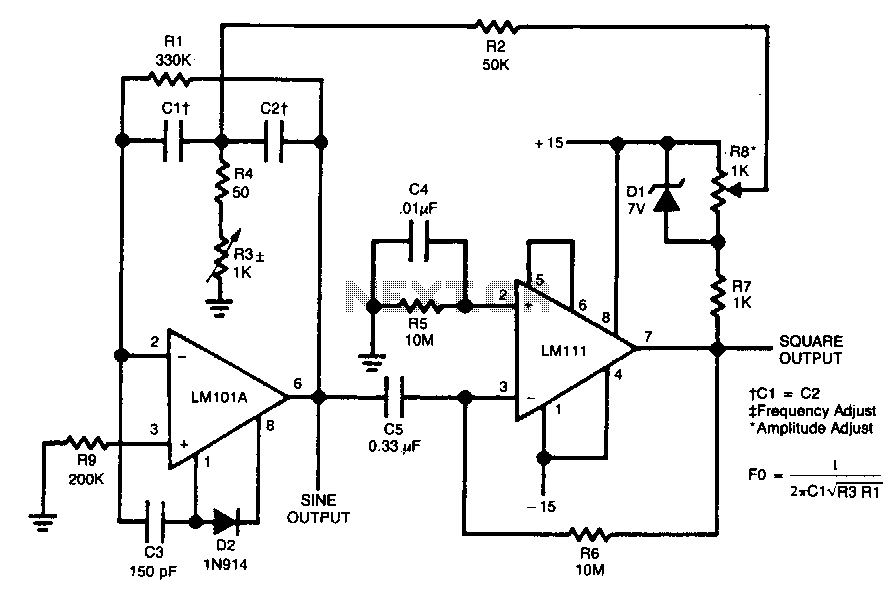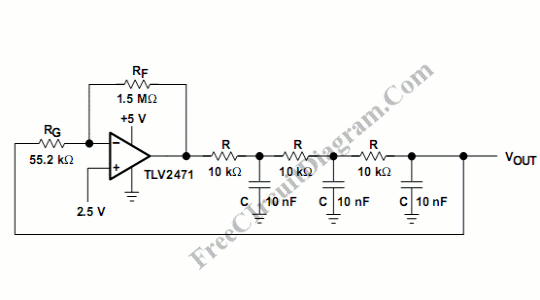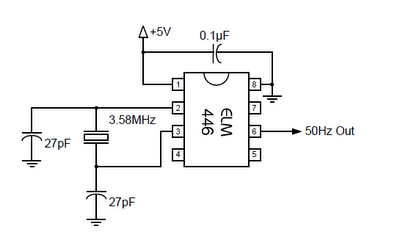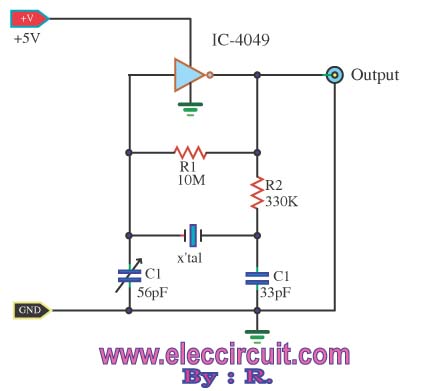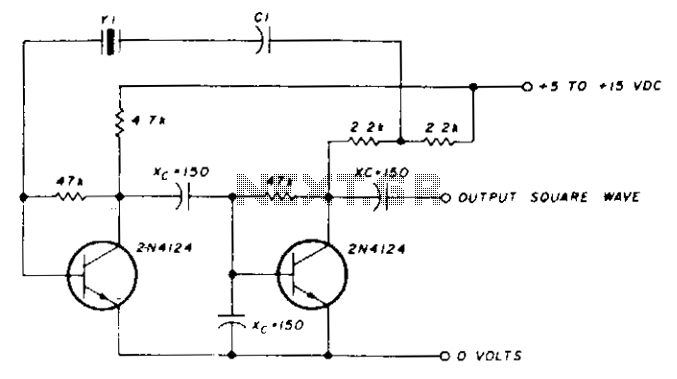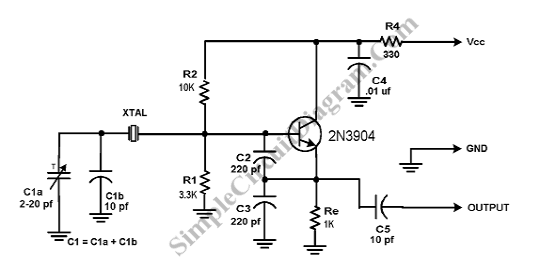
Triangle/Square-Wave Oscillator Serves Dual Purpose

In conventional triangular-wave oscillators, hysteresis from positive feedback in the Schmitt trigger determines the voltage levels and amplitude of the triangular waves. With this topology, it is difficult to independently vary the voltage levels and amplitude of the output waveforms. To address this limitation, a more versatile oscillator was designed. With this circuit, the voltage levels and amplitude of the triangle waves can be precisely and independently adjusted by changing the reference voltages VR1 and VR2. After setting VR1 and VR2 using two potentiometers, the frequency can be adjusted using the variable resistance R1 without affecting the amplitude of the triangle waves. The advantage of the circuit is that VR1 and VR2 can be supplied from any external source, and if Digital-to-Analog Converters (DACs) are used, a digitally amplitude-controlled triangular-wave oscillator can be created. The time period of the oscillations can be linearly varied with VR2 or VR1 while keeping the resistance R, capacitance C, and Zener voltage VZ constant. Thus, the same circuit can also generate square waves, with the period being varied linearly with VR2 or VR1. The period of the oscillation can be increased by boosting VR2 while keeping VR1 constant, or decreased by increasing VR1 and keeping VR2 constant. The output of the versatile triangular-wave/square-wave oscillator is illustrated in the accompanying figure. Here, TR1A represents the triangular waveform at point a in the circuit. TR3A and TR4A correspond to the voltage levels VR2 and VR1 set by the two potentiometers, while TR2A shows the waveform at point b of the circuit.
The versatile triangular-wave and square-wave oscillator circuit employs a Schmitt trigger configuration to generate stable and adjustable waveform outputs. The design allows for independent control of the voltage levels and amplitude of the triangular waveform through reference voltages VR1 and VR2, which are adjustable via potentiometers. This capability enhances the circuit's flexibility, making it suitable for various applications where precise waveform characteristics are required.
The frequency of the output waveform can be modified using a variable resistor (R1), which is designed to not interfere with the amplitude settings determined by VR1 and VR2. This separation of frequency and amplitude control is a significant advantage over conventional designs, where changes to one parameter often affect the other.
Additionally, the circuit can utilize external voltage sources for VR1 and VR2, enabling integration with digital systems. When DACs are employed, the circuit transforms into a digitally controlled oscillator, allowing for precise and programmable waveform generation. The linear relationship between the time period of oscillations and the reference voltages provides further versatility, enabling the generation of both triangular and square waveforms with ease.
The output characteristics, as illustrated in the accompanying figure, demonstrate the functionality of the circuit. TR1A displays the triangular waveform, while TR2A shows the square waveform generated at point b of the circuit. The voltage levels set by the potentiometers are represented by TR3A and TR4A, illustrating the adjustable nature of the circuit. This design approach not only simplifies the process of waveform generation but also enhances the potential applications in signal processing, waveform synthesis, and other electronic systems requiring adaptable signal characteristics.In conventional triangular-wave oscillators, hysteresis from positive feedback in the Schmitt trigger determines the voltage levels and amplitude of the triangular waves. With this topology, it`s difficult to independently vary the voltage levels and amplitude of the output waveforms.
To combat this limitation, a more versatile oscillator was designed ( Fig. 1 ). With this circuit, the voltage levels and amplitude of the triangle waves can be precisely and independently varied by changing the reference voltages VR1 and VR2. After setting VR1 and VR2 using two potentiometers, the frequency can be adjusted using the variable resistance R1 without affecting the amplitude of the triangle waves.
The beauty of the circuit lies in the fact that VR1 and VR2 can be fed from any external source and, if DACs are used, a digitally amplitude-controlled triangular-wave oscillator is created. As can be seen from the equation above, the time period of the oscillations can be linearly varied with VR2 or VR1 by keeping R, C, and VZ constant.
Thus, the same circuit also can generate square waves whose period can be varied linearly with VR2 or VR1. The period of the oscillation can be increased by boosting VR2 and keeping VR1 constant, or decreased by increasing VR1 and keeping VR2 constant.
The output of the versatile triangular-wave/square-wave oscillator is shown in Figure 2. Here, TR1A is the triangular waveform seen at point a in Figure 1. TR3A and TR4A are the voltage levels VR2 and VR1 set by two potentiometers. TR2A is the waveform as seen at point b of the circuit. 🔗 External reference
The versatile triangular-wave and square-wave oscillator circuit employs a Schmitt trigger configuration to generate stable and adjustable waveform outputs. The design allows for independent control of the voltage levels and amplitude of the triangular waveform through reference voltages VR1 and VR2, which are adjustable via potentiometers. This capability enhances the circuit's flexibility, making it suitable for various applications where precise waveform characteristics are required.
The frequency of the output waveform can be modified using a variable resistor (R1), which is designed to not interfere with the amplitude settings determined by VR1 and VR2. This separation of frequency and amplitude control is a significant advantage over conventional designs, where changes to one parameter often affect the other.
Additionally, the circuit can utilize external voltage sources for VR1 and VR2, enabling integration with digital systems. When DACs are employed, the circuit transforms into a digitally controlled oscillator, allowing for precise and programmable waveform generation. The linear relationship between the time period of oscillations and the reference voltages provides further versatility, enabling the generation of both triangular and square waveforms with ease.
The output characteristics, as illustrated in the accompanying figure, demonstrate the functionality of the circuit. TR1A displays the triangular waveform, while TR2A shows the square waveform generated at point b of the circuit. The voltage levels set by the potentiometers are represented by TR3A and TR4A, illustrating the adjustable nature of the circuit. This design approach not only simplifies the process of waveform generation but also enhances the potential applications in signal processing, waveform synthesis, and other electronic systems requiring adaptable signal characteristics.In conventional triangular-wave oscillators, hysteresis from positive feedback in the Schmitt trigger determines the voltage levels and amplitude of the triangular waves. With this topology, it`s difficult to independently vary the voltage levels and amplitude of the output waveforms.
To combat this limitation, a more versatile oscillator was designed ( Fig. 1 ). With this circuit, the voltage levels and amplitude of the triangle waves can be precisely and independently varied by changing the reference voltages VR1 and VR2. After setting VR1 and VR2 using two potentiometers, the frequency can be adjusted using the variable resistance R1 without affecting the amplitude of the triangle waves.
The beauty of the circuit lies in the fact that VR1 and VR2 can be fed from any external source and, if DACs are used, a digitally amplitude-controlled triangular-wave oscillator is created. As can be seen from the equation above, the time period of the oscillations can be linearly varied with VR2 or VR1 by keeping R, C, and VZ constant.
Thus, the same circuit also can generate square waves whose period can be varied linearly with VR2 or VR1. The period of the oscillation can be increased by boosting VR2 and keeping VR1 constant, or decreased by increasing VR1 and keeping VR2 constant.
The output of the versatile triangular-wave/square-wave oscillator is shown in Figure 2. Here, TR1A is the triangular waveform seen at point a in Figure 1. TR3A and TR4A are the voltage levels VR2 and VR1 set by two potentiometers. TR2A is the waveform as seen at point b of the circuit. 🔗 External reference
